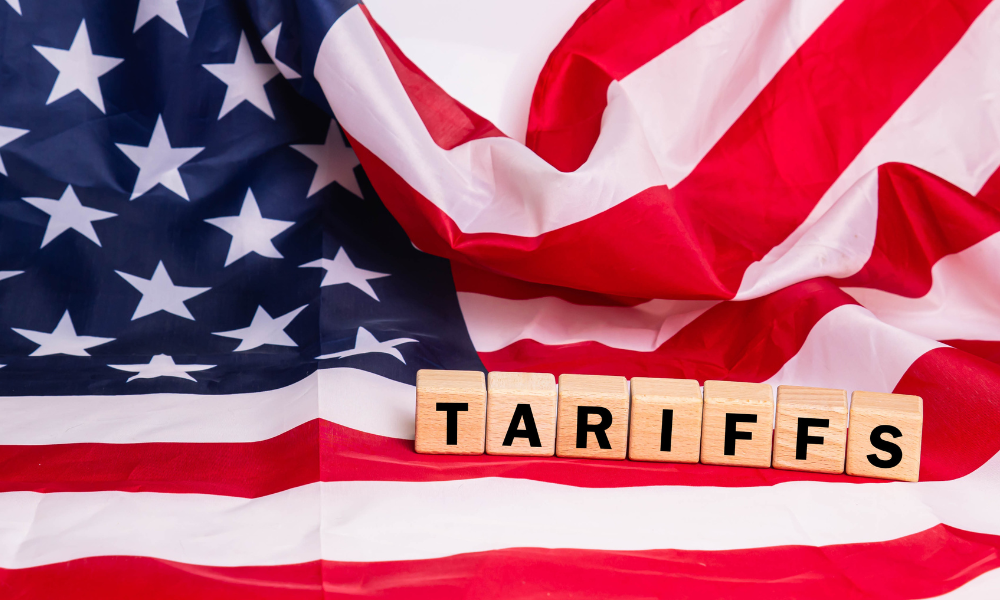Canadian dollar hits six-month high as Carney win and tariff pause drive biggest gain since 2015

The Canadian dollar reached a six-month high against the US dollar on Wednesday, registering its strongest monthly performance in a decade, as reported by Reuters.
The loonie traded 0.3 percent higher at 1.3788 per US dollar, or 72.53 US cents, after hitting an intraday peak of 1.3777.
The currency appreciated 4.3 percent in April, marking its third consecutive monthly gain and its most significant rise since April 2015.
Tony Valente, senior FX dealer at AscendantFX, attributed the loonie’s strength to “Trump's pivot on tariffs on every country but China and the pricing in of a Carney win in the Federal election.”
Valente said that the outcome removed uncertainty from the market, adding that Carney “was a known commodity in the realm of international commerce.”
US President Donald Trump told reporters that newly elected Canadian Prime Minister Mark Carney would visit the White House within the next week.
“He’s a very nice gentleman and he’s going to come to the White House very shortly, within the next week or less,” said Trump. He stated that Carney had called him Tuesday and said, “Let’s make a deal.”
Trump also addressed Carney’s criticism of US tariffs and his reference to threats against Canada’s sovereignty as a “betrayal.”
He remarked that both Carney and Conservative Leader Pierre Poilievre “hated Trump,” but “it was the one who hated Trump, I think, the least that won.”
According to Financial Post, Trump’s tariffs and remarks about making Canada the 51st US state contributed to the shift in Carney’s favour after months of trailing behind Poilievre.
The Conservative leader faced scrutiny for not forcefully responding to Trump’s actions.
Carney campaigned on strengthening Canada’s economic resilience in the face of the trade conflict.
His platform included removing interprovincial trade barriers, boosting housing supply, expanding energy infrastructure, and forging stronger economic ties with Asia and Europe to reduce dependence on the US.
Meanwhile, Canada’s gross domestic product declined 0.2 percent in February, mainly due to weakness in goods-producing sectors. Preliminary figures suggest a 0.1 percent gain in March and annualised first-quarter growth of 1.5 percent.
The Bank of Canada, earlier this month, considered cutting interest rates again but chose not to, citing uncertainty caused by US tariffs, as per minutes from its policy meeting.
Oil prices—crucial to Canada’s export economy—fell 3.7 percent to $58.21 a barrel.
Bond yields declined across the curve, with the 10-year yield dropping 5.8 basis points to 3.076 percent, the lowest since April 17.



